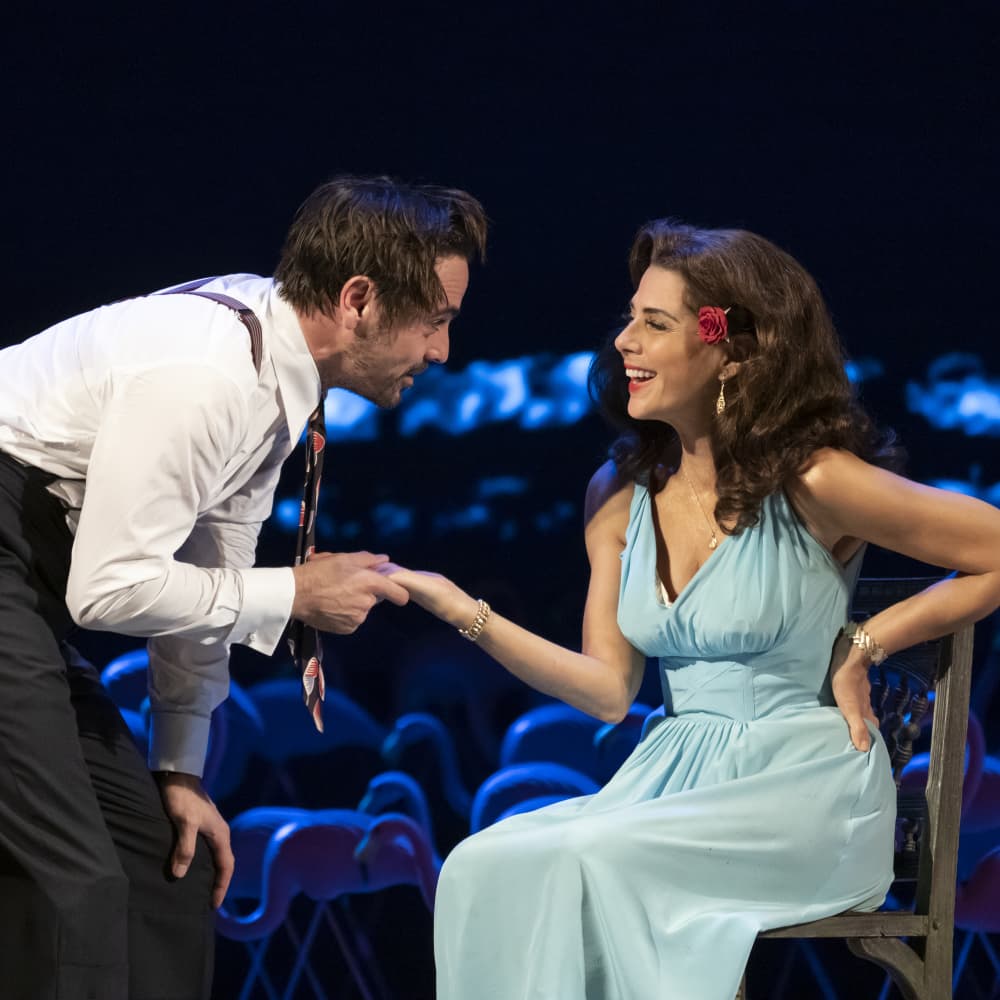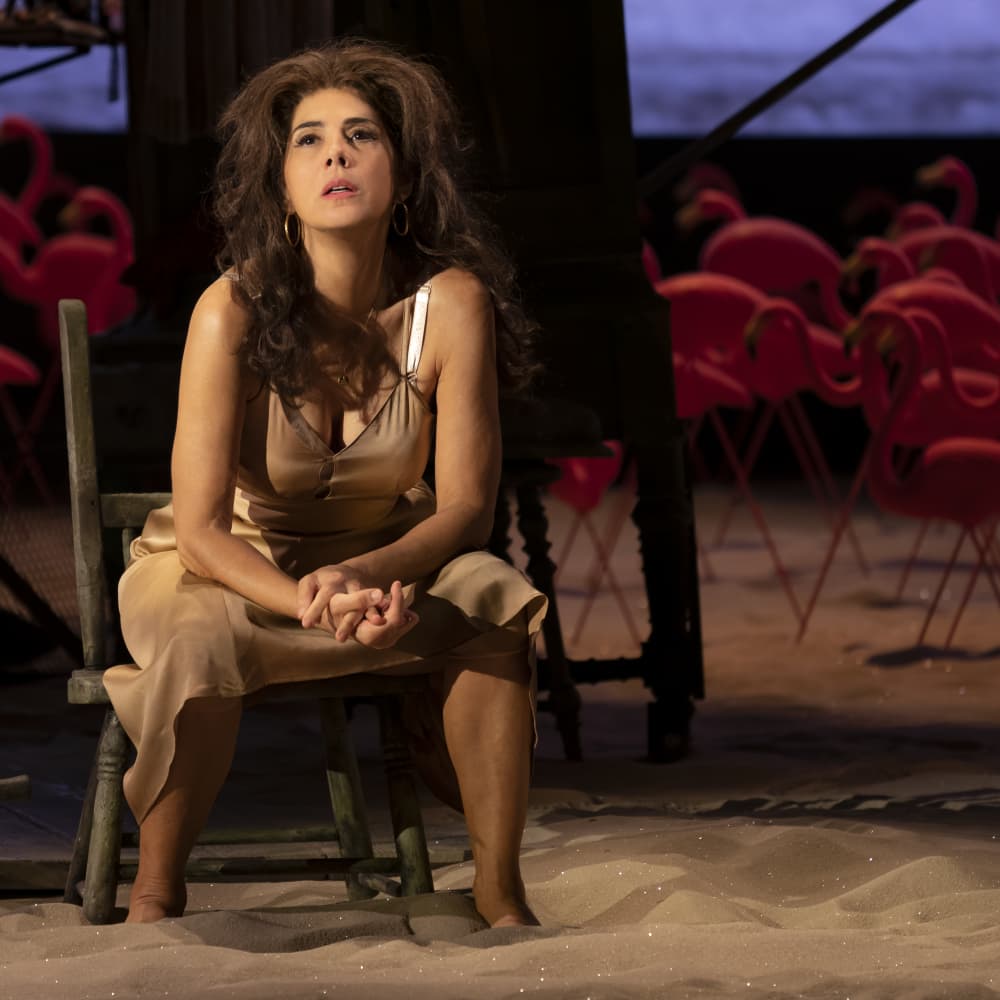The Rose Tattoo:
Women of Williams
Posted on: November 26, 2019
The character of Serafina Delle Rose in The Rose Tattoo stands as one of many iconic female characters who Williams became known for bringing to life in his major plays.
As with Serafina, Williams crafted several of these complex and controversial protagonists after people and events in his own life. Who are some of his major plays’ other female characters, and what connections do they have to Williams’s real-life experiences?
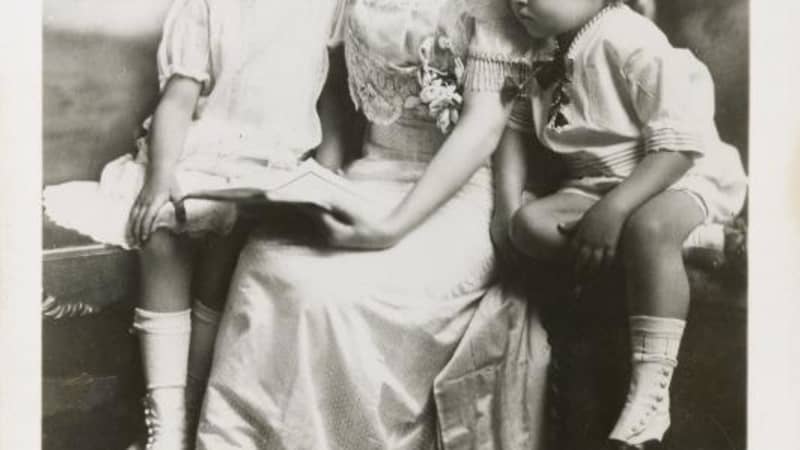
Mrs. Williams with Rose and Tom (Tennessee); Illustration from "Remember Me to Tom" by Edwina Dakin Williams and Lucy Freeman.
Published by G.P. Putnam's SonsThe Glass Menagerie (1944)
Amanda and Laura Wingfield
Character Summary
Amanda, mother to adult children Laura and Tom, was left by her husband years ago and now leads her family with a combination of strictness and delusion. Constantly reminiscing about the romances of her youth, Amanda is intent on finding Laura a suitor, ignoring the social anxiety that Laura suffers as a result of the leg brace she wears.
Connection
Williams’s most autobiographical play, The Glass Menagerie features a family very similar to Williams’s own (with the character of Tom serving as a well-known representation of Williams himself). In the character of Amanda, Williams recreated his perception of his mother’s highly restrictive mode of parenting, long-winded daydreams about her past, and emotional distance from her husband. Williams based the debilitatingly fearful Laura on his sister Rose, whose deep emotional instability was amplified by the repressive household her parents maintained. Rose was eventually diagnosed with schizophrenia and lobotomized at her mother’s request.
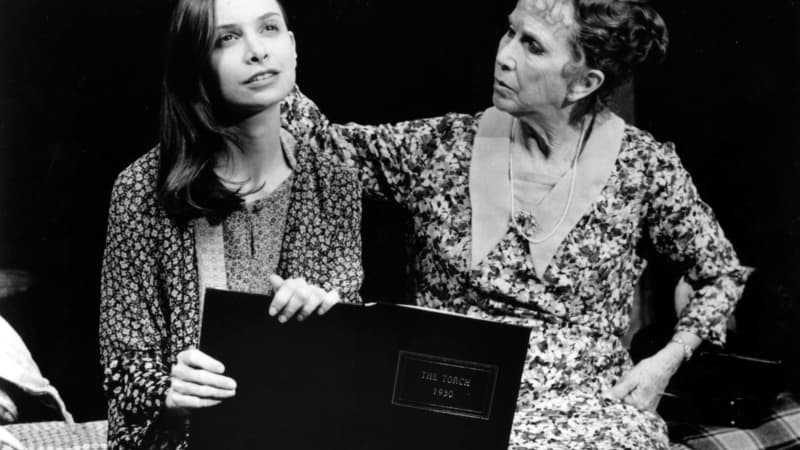
Calista Flockhart and Julie Harris in Roundabout's 1994 production of "The Glass Menagerie."
© C RoseggA Streetcar Named Desire (1947)
Blanche DuBois
Character Summary
Arriving unannounced one day at her sister’s New Orleans home, Blanche DuBois seeks the comfort of family after personal tragedy. Haunting her is her husband’s recent suicide, caused in part by Blanche’s own response of disgust after he came out to her as gay. Instead of security, however, Blanche faces only antagonism from her sister’s brutish husband Stanley, whose aggression soon threatens Blanche’s entire life.
Connection
In the words of A Streetcar Named Desire’s original director, Elia Kazan, “Tennessee Williams equals Blanche.” The forces doing battle inside Blanche directly relate to Williams’s own major conflicts at the time he wrote Streetcar. In particular, Blanche’s guilt over her husband’s death parallels William’s own shame over the lobotomy that his mother forced upon his sister Rose. Blanche’s complicated mix of attraction and fear toward Stanley mirrors Williams’s relationship with his magnetic but often violent partner, Pancho Rodriguez.

Natasha Richardson and John C. Reilly in Roundabout's 2005 Production of "A Streetcar Named Desire."
© Joan MarcusCat on a Hot Tin Roof (1955)
Margaret
Character Summary
Once an impoverished child, Margaret has married into a wealthy Southern family, the patriarch of which has been diagnosed with terminal cancer. Margaret’s husband Brick is in line to inherit much of the family fortune, but Brick, a closeted gay man, doesn’t love Margaret anymore. Margaret nevertheless tries to seduce Brick, ultimately claiming she is pregnant to secure her place in the family.
Connection
Williams openly based the character of Margaret on his close friend Maria Britneva, an actress known for her no-holds-barred outspokenness and brazen mischief. Britneva shared Margaret’s seductive boldness, as well as her tendency to lie as a means to position herself closest to those with money and power. Just as Margaret lies about her pregnancy, so did Britneva fabricate a family story of extravagant nobility and political strife to work her way into the circles of the rich and famous.
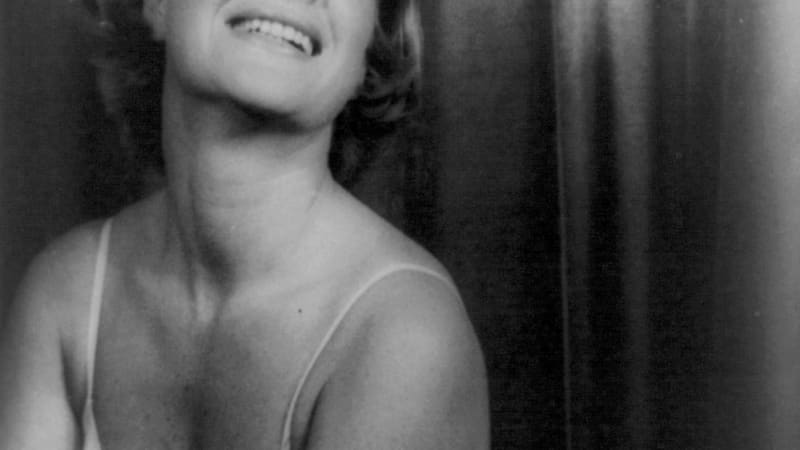
Barbara Bel Gedes as Maggie the Cat, 1955.
© Carl Van VechtenOrpheus Descending (1957)
Lady Torrance
Character Summary
Lady Torrance is trapped in a marriage of hatred with her ailing husband Jabe, with whom she owns and operates a dry goods store in Mississippi. But Lady quickly falls for a newcomer in town, Val Xavier, who inspires her to pursue her dream of opening a confectionary. When the men of the town demand that Val leave, however, Lady is committed to joining him, even if it means plotting to kill her husband and revealing that she is pregnant with Val’s baby.
Connection
Williams based Lady Torrance’s extraordinary tenacity on the actress Anna Magnani, who won an Academy Award for playing Serafina in the film adaptation of The Rose Tattoo (1955). A friend of Williams whose confident, unconventional approach to life fascinated him, Magnani was known for both her exceptional talent and her unapologetic individualism. Despite having the part modeled after her, Magnani declined to perform the role of Lady in the show’s Broadway production but would later play the role in the film version, titled The Fugitive Kind (1959).
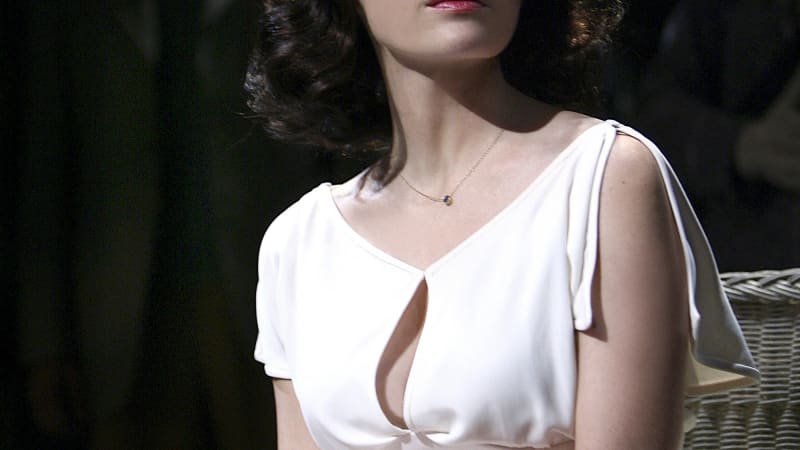
Carla Gugino in Roundaboout's 2006 production of "Suddenly Last Summer."
© Joan MarcusSuddenly Last Summer (1958)
Catharine Holly and Mrs. Violet Venable
Character Summary
In the wake of her son Sebastian’s mysterious death, Violet Venable attempts to convince a doctor to lobotomize her niece Catharine to keep Catharine from spreading her belief that Sebastian was gay and was violently murdered as a result of his lifestyle. Despite the threat of lobotomy, Catharine insists that Sebastian had been using both Violet and herself, without their knowledge, as a way to attract male partners. Horrified, Violet demands that the doctor “Cut this hideous story out of her brain!”
Connection
As with The Glass Menagerie’s Amanda and Laura Wingfield, Williams modeled Violet Venable after his mother Edwina, and he wrote Catharine Holly to represent his sister Rose. Larger than life in its setting and style, Suddenly Last Summer directly tackles Williams’s resentment at his mother for requesting his sister’s lobotomy, as well as his guilt over his sister’s forever-altered life. Written while Williams was discussing his family history at session with a psychiatrist and frequently visiting his sister at her assisted living facility, this “autobiographical exorcism” played out Williams’s strong anger at his mother, depicting Violet as a ruthless tyrant bent on destroying Catharine’s life.






